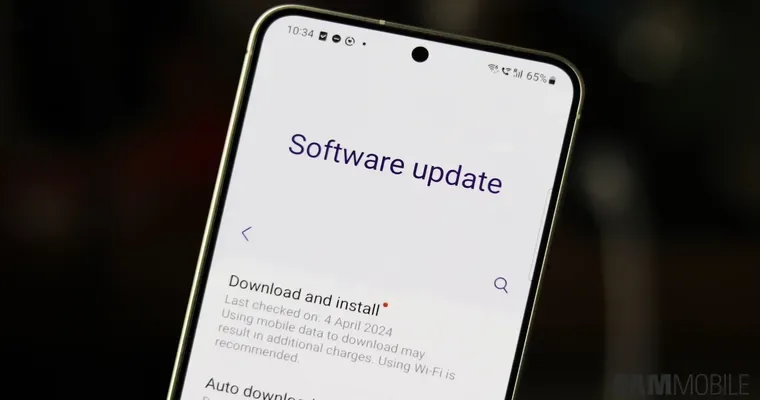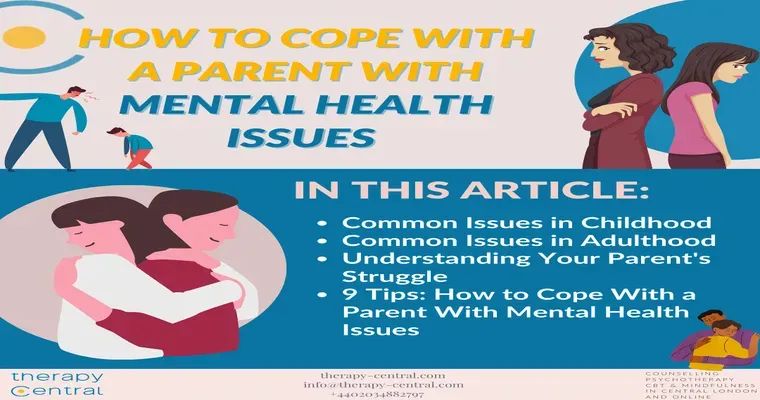In today's fast-paced world, everyone is on the lookout for the latest "updates" regarding various topics, whether it be technology, health, or personal news. A simple phrase like "just an update" can hold significant importance, acting as a bridge between communication and information sharing. In this article, we will explore why "updates" are essential, how they impact our daily lives, and the best practices for disseminating information effectively.
Updates are crucial as they keep us informed about recent developments. In the realm of "technology", for instance, companies frequently provide updates to their software, ensuring users have the latest features and security enhancements. This practice not only improves user experience but also builds trust between the company and its customers. Similarly, in the field of "health", timely updates about new research findings or health advisories can significantly influence public behavior and awareness.
Moreover, updates are not limited to professional settings. Personal updates, such as those shared on social media platforms, allow us to stay connected with friends and family. Sharing life milestones, such as graduating from school or moving to a new city, fosters a sense of community and belonging. This kind of sharing has become a vital part of modern communication, where everyone seeks to know what others are up to.
When it comes to delivering updates, clarity and conciseness are key. Here are some best practices for sharing effective updates:
1. "Be Clear and Concise": When providing an update, ensure that the information is straightforward and to the point. Avoid jargon unless your audience is familiar with it.
2. "Use Visuals": Incorporating images or infographics can enhance understanding and retention of the information shared.
3. "Regular Updates": Establish a routine for providing updates, whether it’s weekly, monthly, or quarterly. Consistency helps your audience know when to expect new information.
4. "Engage Your Audience": Encourage feedback or questions related to your updates. This engagement can foster a sense of community and improve the quality of future updates.
5. "Utilize Multiple Channels": Depending on your audience, consider using various platforms to share your updates, such as emails, social media, or newsletters.
In conclusion, whether you're providing updates on a project at work or sharing personal news with friends, the act of updating is a powerful tool for communication. By following best practices and recognizing the importance of timely "updates", you can ensure that your audience remains informed and engaged. Remember, in a world overflowing with information, a simple "just an update" may be all someone needs to stay connected.





